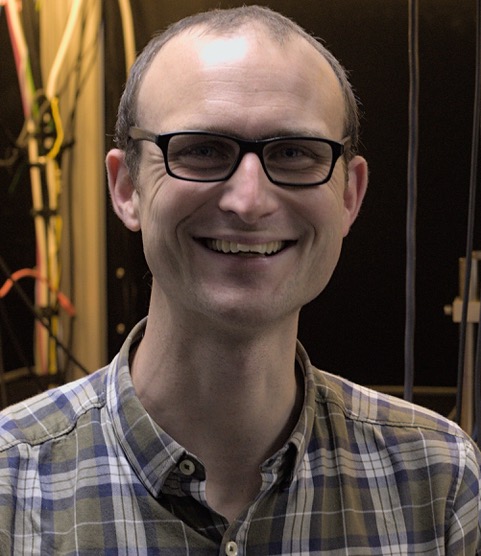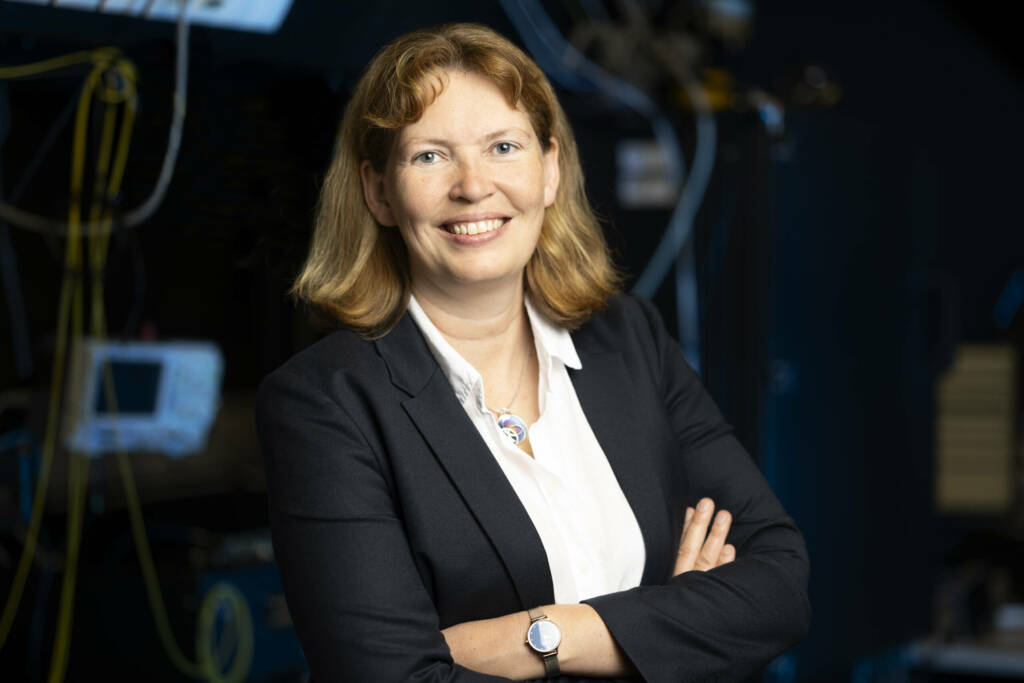Kenji Ohmori
Ultrafast quantum simulation and quantum computing with ultracold atom arrays at quantum speed limit


Date & heure
26/06/2024 – 11am
Lieu
Amphi Budé – Collège de France – 11 Place Marcelin Berthelot – 75005
Accueil
A coffee will be offered starting at 10:45 am, the seminar will start at 11am
Many-body correlations drive a variety of important quantum phenomena and quantum machines including superconductivity and magnetism in condensed matter as well as quantum computers. Understanding and controlling quantum many-body correlations is thus one of the central goals of modern science and technology. My research group has recently pioneered a novel pathway towards this goal with nearby ultracold atoms excited with an ultrashort laser pulse to a Rydberg state far beyond the Rydberg blockade regime [1-7]. We first applied our ultrafast coherent control with attosecond precision [2,3] to a random ensemble of those Rydberg atoms in an optical dipole trap, and successfully observed and controlled their strongly correlated electron dynamics on a sub-nanosecond timescale [1]. This new approach is now applied to arbitrary atom arrays assembled with optical lattices or optical tweezers that develop into a pathbreaking platform for quantum simulation and quantum computing on an ultrafast timescale [4-7].

Figure 1. Conceptual diagram of the ultrafast two-qubit gate for quantum computing with cold atoms. Two single atoms captured in optical tweezers (red light) with a separation of a micrometer are entangled with an ultrafast laser pulse (blue light) shone for only 10 picoseconds [5]. Image source: Dr. Takafumi Tomita (IMS).
In this ultrafast quantum computing, as schematically shown in Fig. 1, we have recently succeeded in executing a controlled-Z gate, a conditional two-qubit gate essential for quantum computing, in only 6.5 nanoseconds at quantum speed limit, where the gate speed is solely determined by the interaction strength between two qubits [5]. This is faster than any other two-qubit gates with cold-atom hardware by two orders of magnitude. It is also two orders of magnitude faster than the noise from the external environment and operating lasers, whose timescale is in general 1 microsecond or slower, and thus can be safely isolated from the noise. Moreover, this two-qubit gate is faster than the fast two-qubit gate demonstrated recently by “Google AI Quantum” with superconducting qubits [8].
References
[1] N. Takei et al., Nature Commun. 7, 13449 (2016).Highlighted by Science 354, 1388 (2016); IOP PhyscisWorld.com (2016).
[2] H. Katsuki et al., Acc. Chem. Res. 51, 1174 (2018).
[3] C. Liu et al., Phys. Rev. Lett. 121, 173201 (2018).
[4] M. Mizoguchi et al., Phys. Rev. Lett. 124, 253201 (2020).
[5] Y. Chew et al., Nature Photonics 16, 724 (2022). (Front Cover Highlight)
[6] V. Bharti et al., Phys. Rev. Lett. 131, 123201 (2023).
[7] V. Bharti et al., arXiv:2311.15575 (2023).[8] B. Foxen et al., Phys. Rev. Lett. 125, 120504 (2020).
Jonathan Pritchard
University of Strathclyde
Quantum computation and optimisation using neutral atom arrays
Tanja Mehlstäubler
Physikalisch-Technische Bundesanstalt &Leibniz Universität Hannover
Precision Spectroscopy in Ion Coulomb Crystals and Search for New Physics


